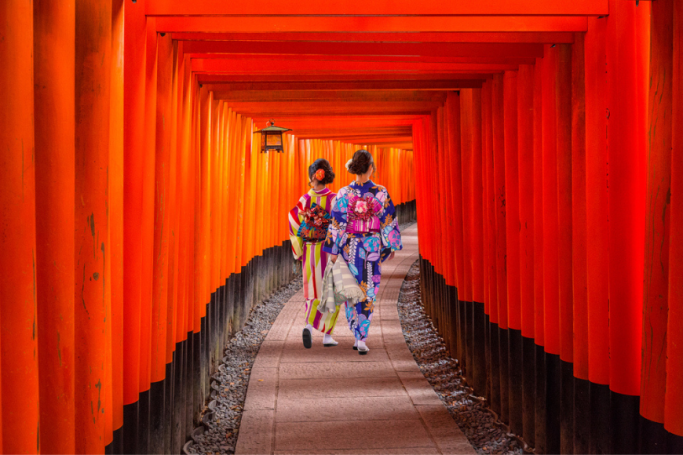Qatar paints roads in blue for cooler temperatures amidst extreme heat from climate change
18 August 2019
| Last updated on 26 August 2019
Have you had a chance to see the road's new look?
The road of Abdullah bin Jassim Street near Souq Waqif was rejuvenated in a cool blue makeover. Elsewhere, a 200 metres stretch mear Katara Cultural Village was also painted in blue for the pedestrians and cyclists. According to Ashghal, it's an experimental project for cooler pavements with the goal of reducing the temperature on the road surface.
The blue surface has been installed for 18 months with sensors to measure the temperatures of the new road in comparison to regular asphalt roads.
The 1mm blue coating features a specially designed heat-reflecting pigment and hollow ceramic microspheres, which works to reflect infrared radiation. It was implemented to examine whether the blue covering can reflect the heat from the sun, which in turn could significantly influence the average air temperature.

Photo credit: ILoveQatar
Controlling the urban heat
It's not the first time an innovative project was attempted to combat climate change within cities. Earlier this summer, streets in Los Angeles were coated in a greyish-white material called "CoolSeal" which made the road surface 5°C cooler than the average temperature of a black, asphalt surface.
Tokyo, too, has launched efforts to counter the rising heat on roads by at least 8°C. In July, Saudi Arabia collaborated with the Japanese company, Sumitomo, to initiate a project to cool pedestrian roads in Mecca.
This trend can be found among areas where the city temperatures are significantly warmer than the surrounding outskirts. Governments have been working on controlling the urban heat island (UHI) issue.
The extreme temperatures are contributed to by the reflective surfaces and the design of buildings and other structures, heat released by vehicles, air conditioners, and more.





.jpg?itok=4utim_xh)































.jpg?itok=OdfWVChW)
.png?itok=3d-9ov-m)





















































.jpg?itok=huYiXiog)

.jpg?itok=WvzOqcwJ)


.png?itok=6xLVeUta)













